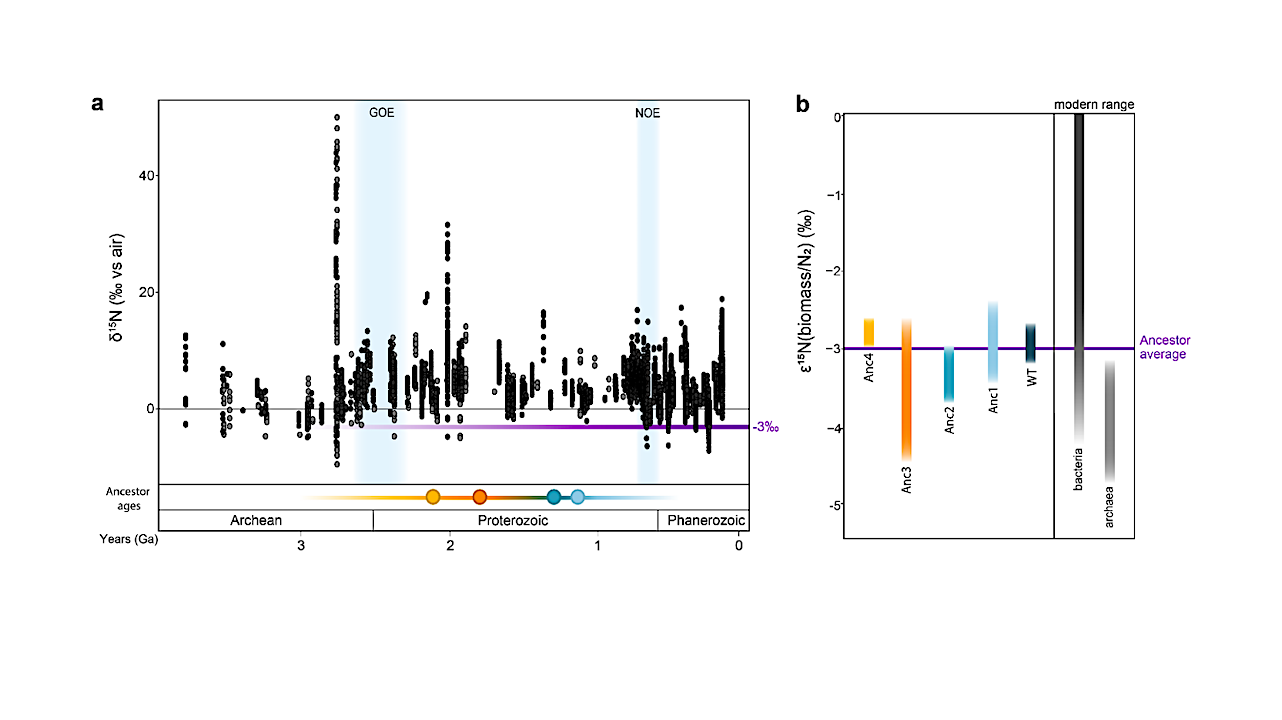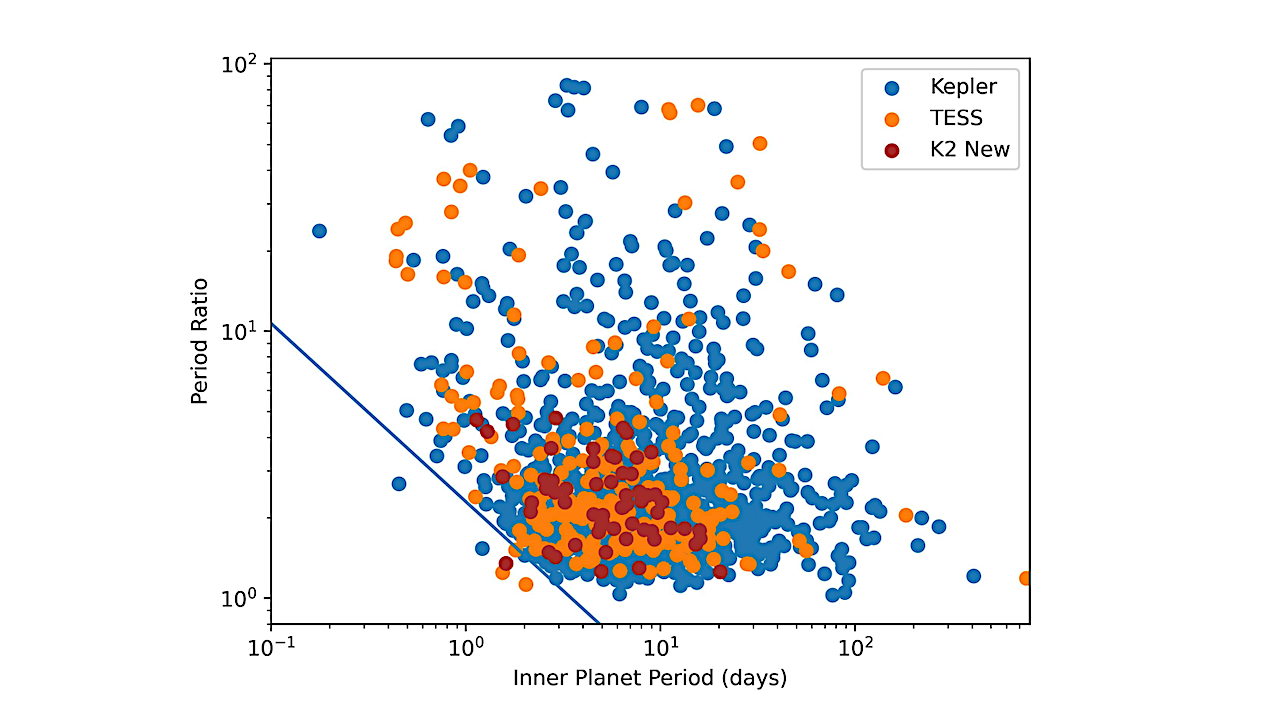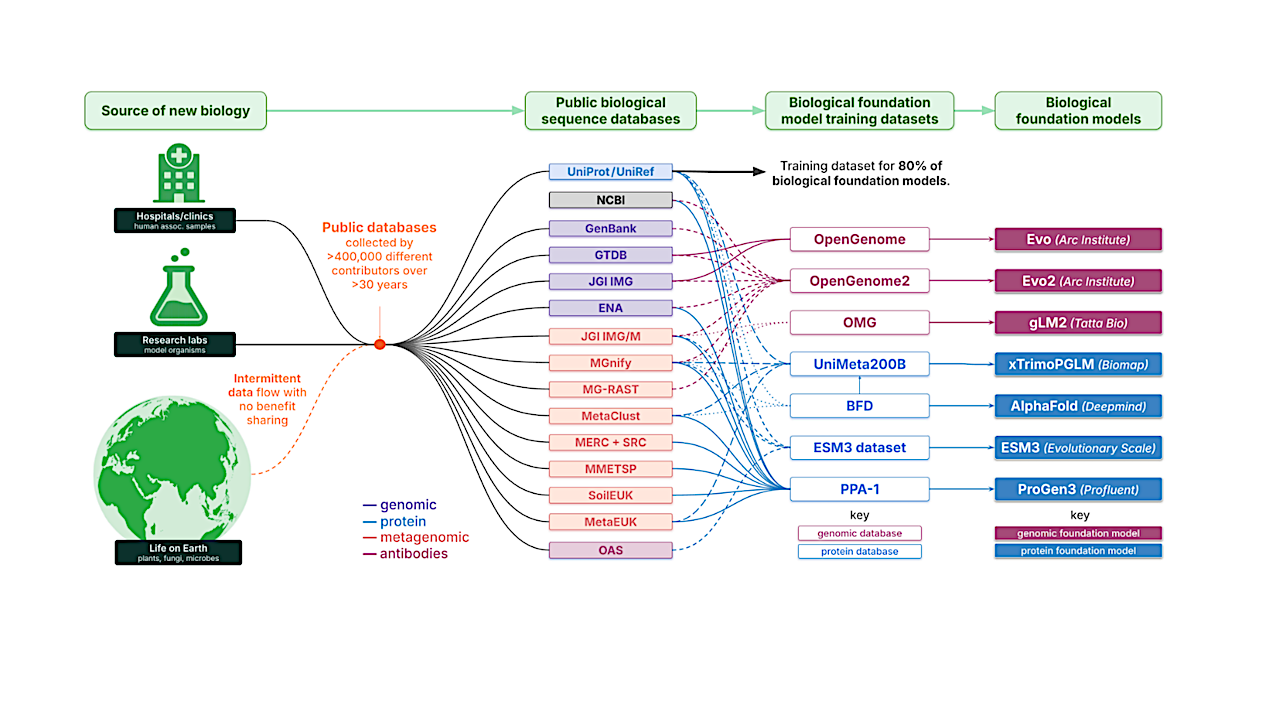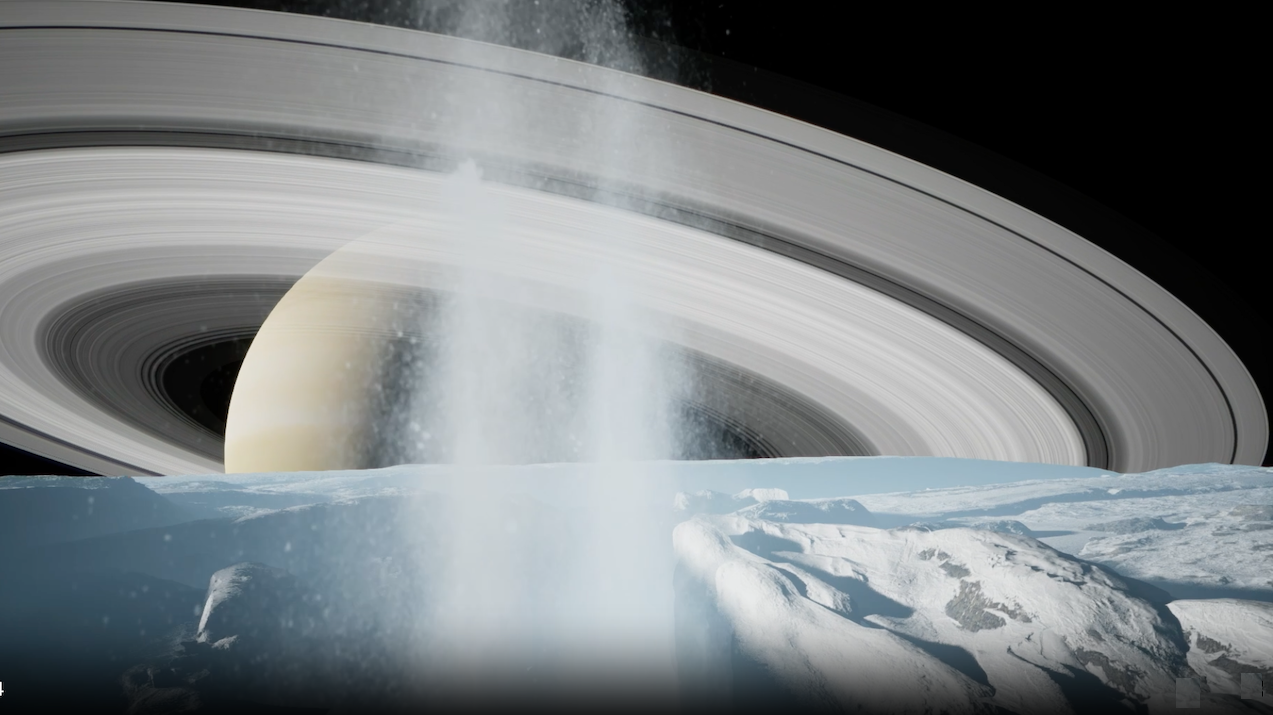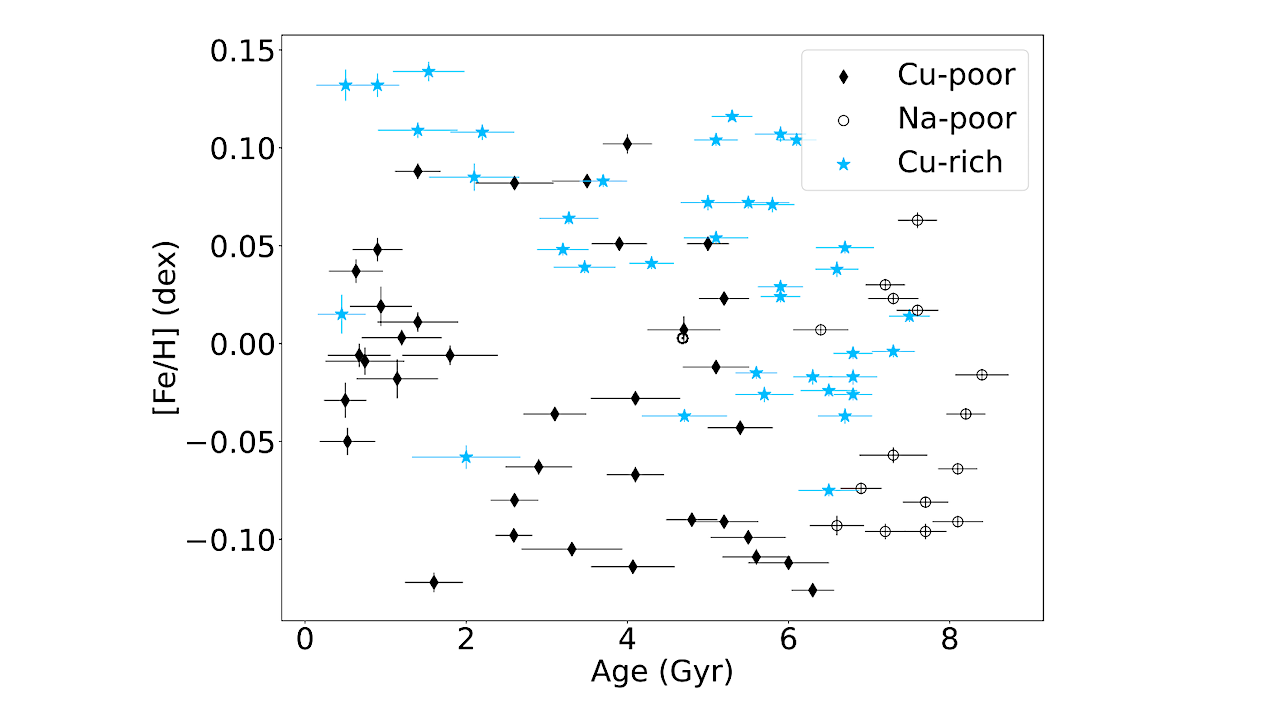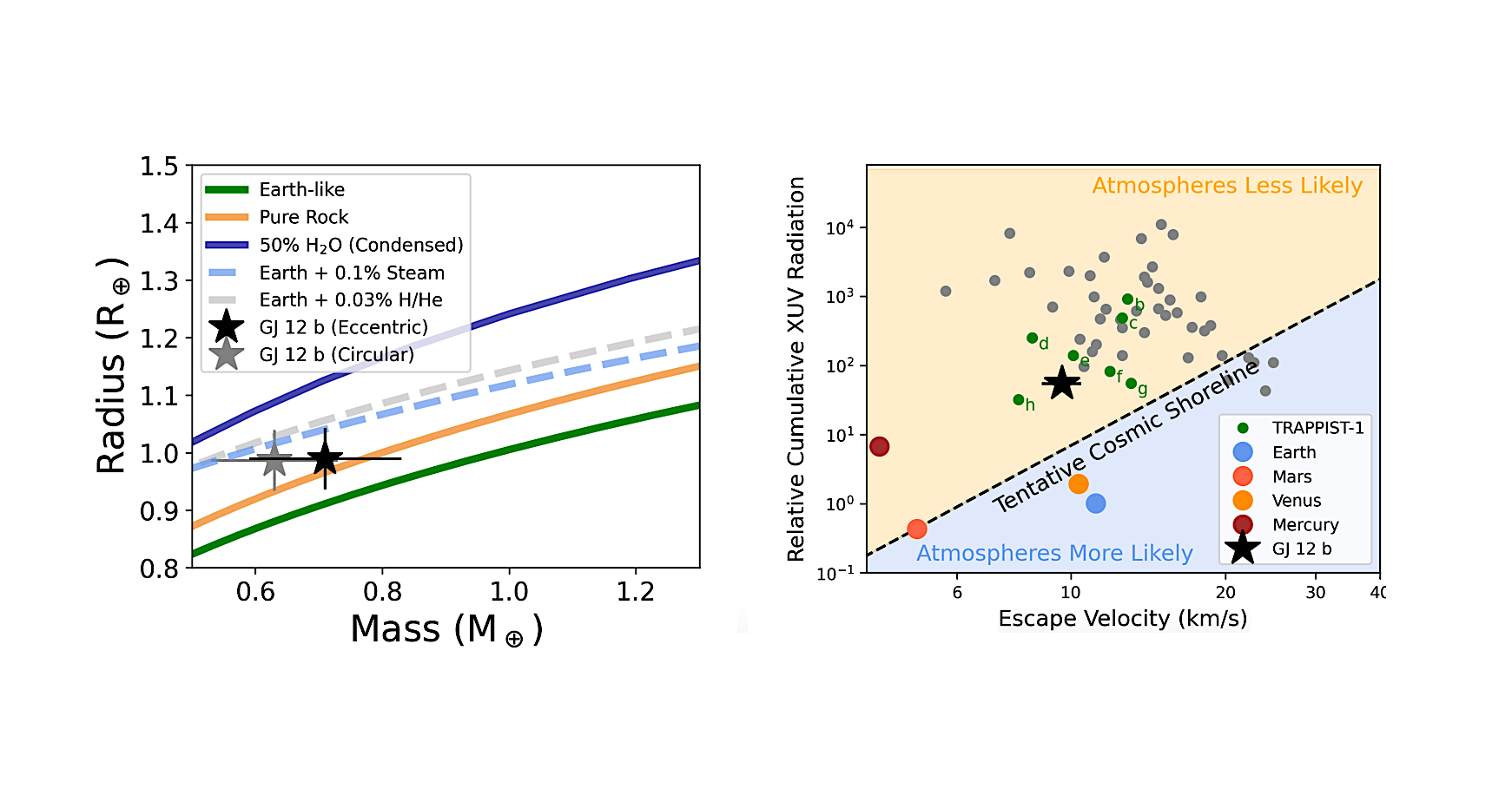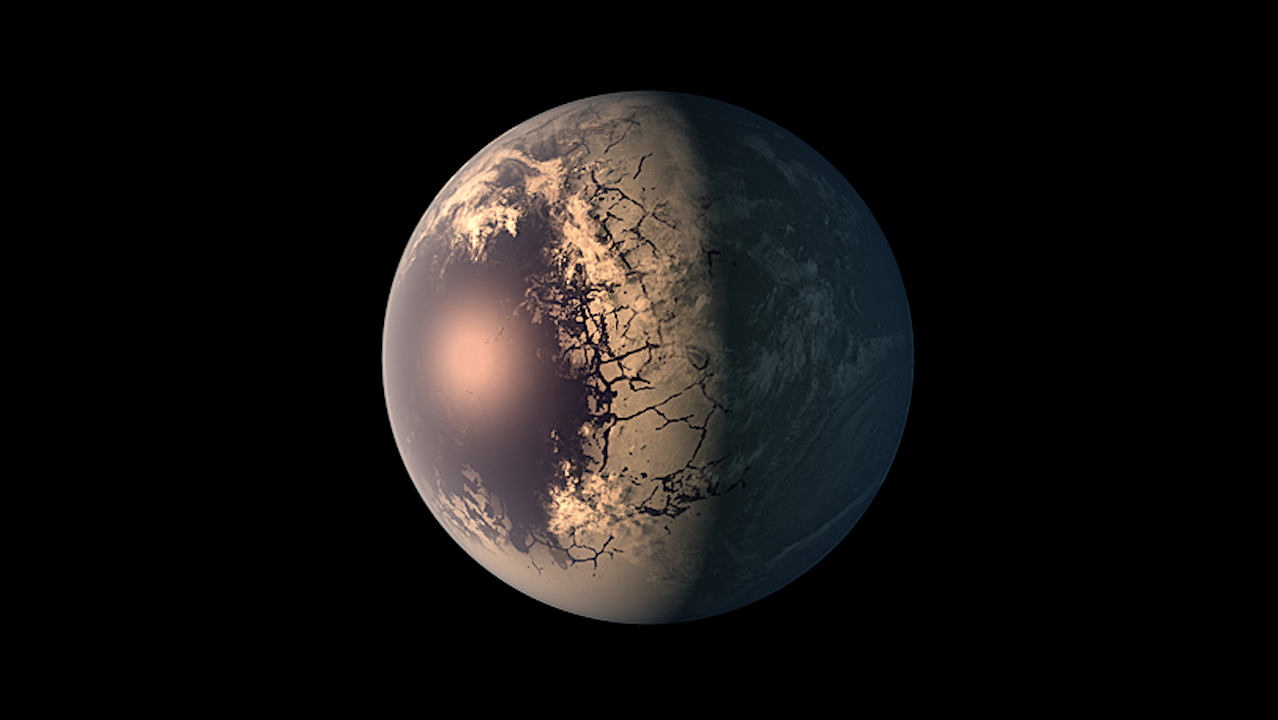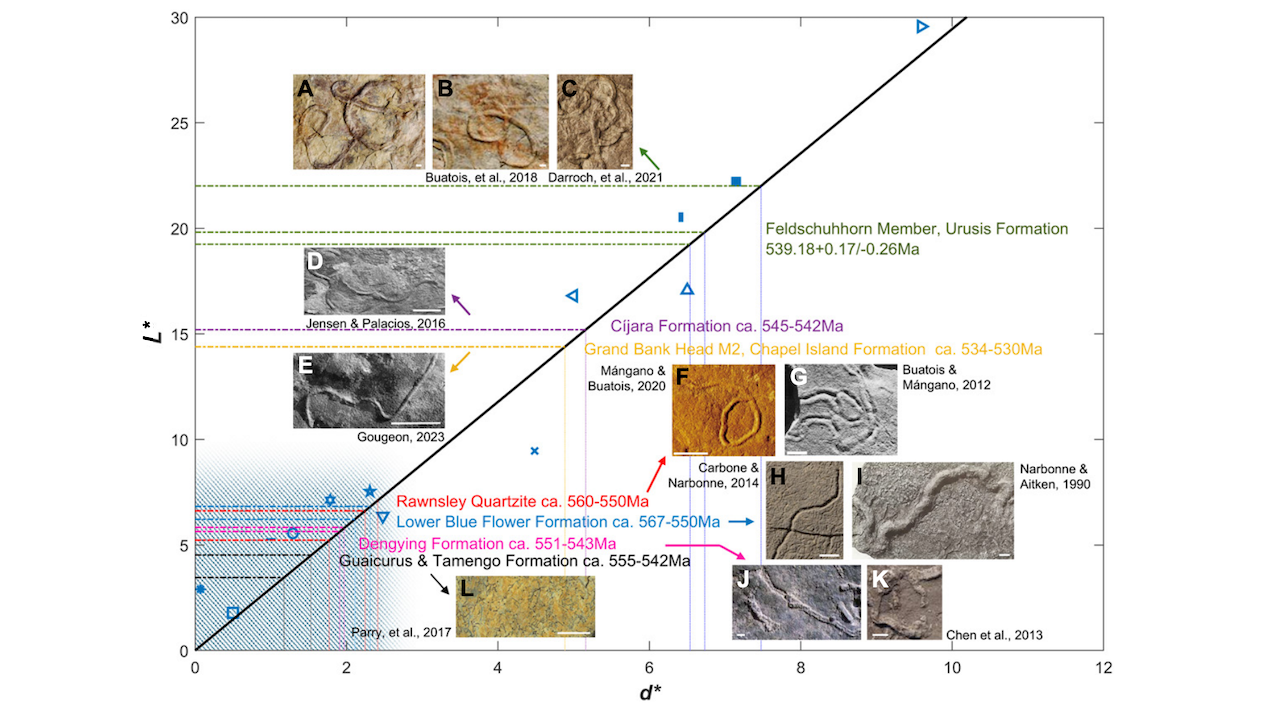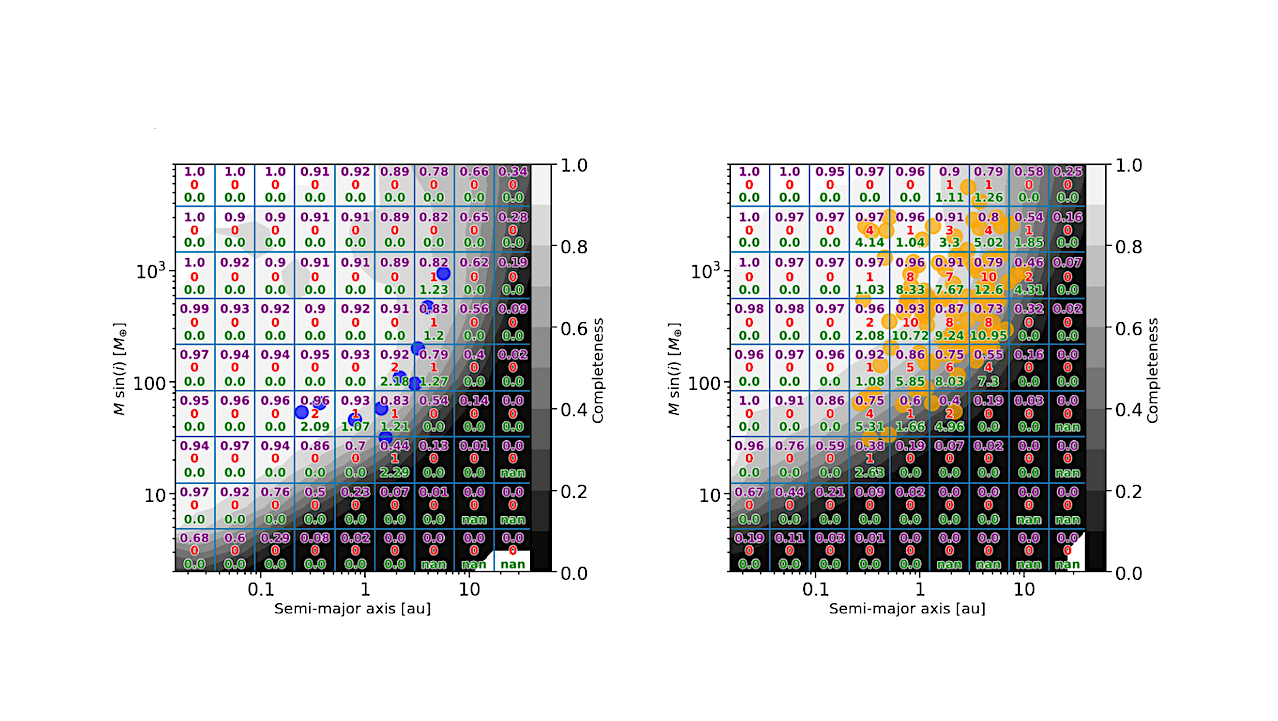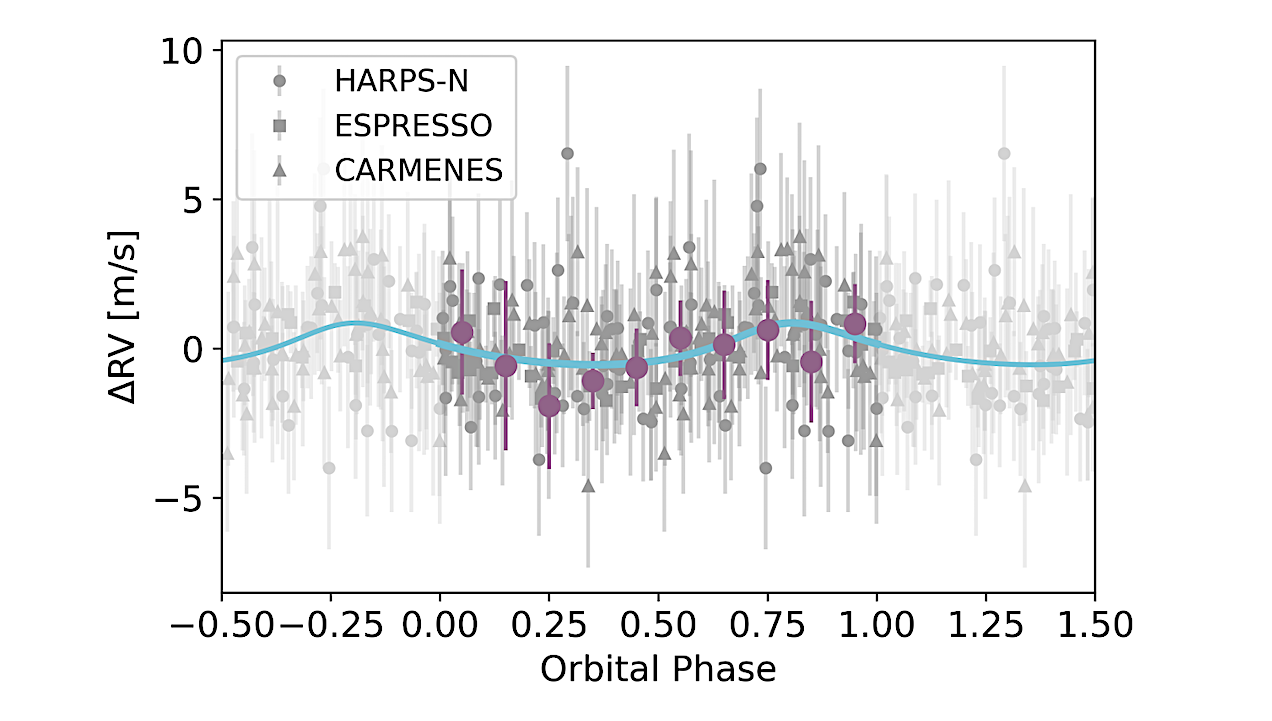N-isotope fractionation values observed in this study compared to the sedimentary δ15N record a, and known ranges of extant microbial biomass b, The sedimentary database includes bulk rock δ15N (dark
Astrobiology82- Page
Scatter plot showing the period ratio as a function of the inner planet period, in days, for Kepler (blue), TESS (green), and K2 (red). The solid blue line in the
The data wall and performance plateau for foundation models in biology – BaseCamp Research Editor’s note: If we aspire to mount expeditions to new worlds and then embrace the task
Artist’s impression of how ocean water erupts through cracks on Enceladus. NASA Scientific Visualization Studio Source Enceladus offers our best opportunity for exploring the chemistry of an ocean on another
Distribution of versus age for the stars of our sample, distinguished by the possible subgroups. — astro-ph.SR The aim of this work is to obtain precise atmospheric parameters and
The mass and radius of our two models for GJ 12 b (circular and eccentric orbits) compared to various composition models from L. Zeng et al. (2019), as well
Habitable Exoplanet – NASA The Statistical-likelihood Exoplanetary Habitability Index (SEPHI) serves as a valuable tool for prioritizing targets for further study and identifying potentially habitable environments. In this paper, we
Typical trace fossils in the scaling law. Scale bars = 1 cm. Organisms without slender body plans fall in a blueshadowed region. — Geology The Cambrian explosion was an extraordinary
Average completeness (purple), number of planets before correction (red) and number of planets after correction (green) inside each bin (blue lines). Blue and orange circles represent cold Jupiters with and
Phase-folded RVs from the best-fit informed RV model with GPs removed. Binned data shown by the large, purple points (10 bins). Phasefolded on the period of the planet (12.761421 d).
-
 012024 in Review: Highlights from NASA in Silicon Valley
012024 in Review: Highlights from NASA in Silicon Valley -
 02Panasonic Leica Summilux DG 15mm f/1.7 ASPH review
02Panasonic Leica Summilux DG 15mm f/1.7 ASPH review -
 03How New NASA, India Earth Satellite NISAR Will See Earth
03How New NASA, India Earth Satellite NISAR Will See Earth -
 04And Thus Begins A New Year For Life On Earth
04And Thus Begins A New Year For Life On Earth -
 05Astronomy Activation Ambassadors: A New Era
05Astronomy Activation Ambassadors: A New Era -
06SpaceX launch surge helps set new global launch record in 2024
-
 07Space Force plans new ‘Futures Command’ amid pressure to speed up modernization
07Space Force plans new ‘Futures Command’ amid pressure to speed up modernization


